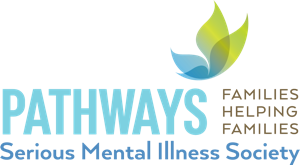A Concurrent Disorder is:
• a term for when someone experiences a mental illness and a substance abuse problem simultaneously; either one can develop first
• a very broad category ranging from someone developing mild depression because of binge drinking, to someone’s symptoms of bipolar disorder becoming more severe when that person abuses heroin during periods of mania
• a reality for about half of all people living with severe mental illness; it’s more common among men than women, and more often occurring among those of lower socioeconomic status, those in the military, and those with more general medical illnesses
• best treated with integrated intervention, where a person receives care for both the illness and the addiction, though treatment may vary depending on the severity or type of illness, as well as the addiction
Signs and symptoms (adapted from the National Alliance on Mental Illness)
Both a mental health and substance abuse disorder occur simultaneously. Because there are many combinations of disorders that can occur, the symptoms of dual diagnosis vary widely.
The symptoms of substance abuse may include:
• Withdrawal from friends and family
• Sudden changes in behavior
• Using substances under dangerous conditions
• Engaging in risky behaviors when drunk or high
• Loss of control over use of substances
• Doing things you wouldn’t normally do to maintain your habit
• Developing tolerance and withdrawal symptoms
• Feeling like you need the drug to be able to function
More information on Concurrent Disorders
National Alliance on Mental Illness, on dual diagnosis
